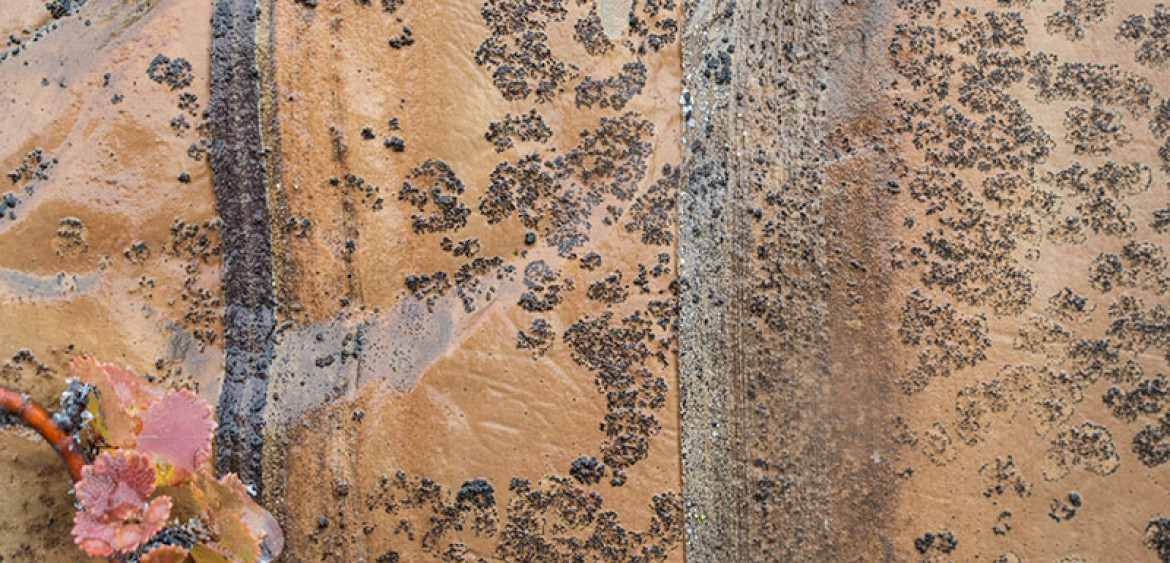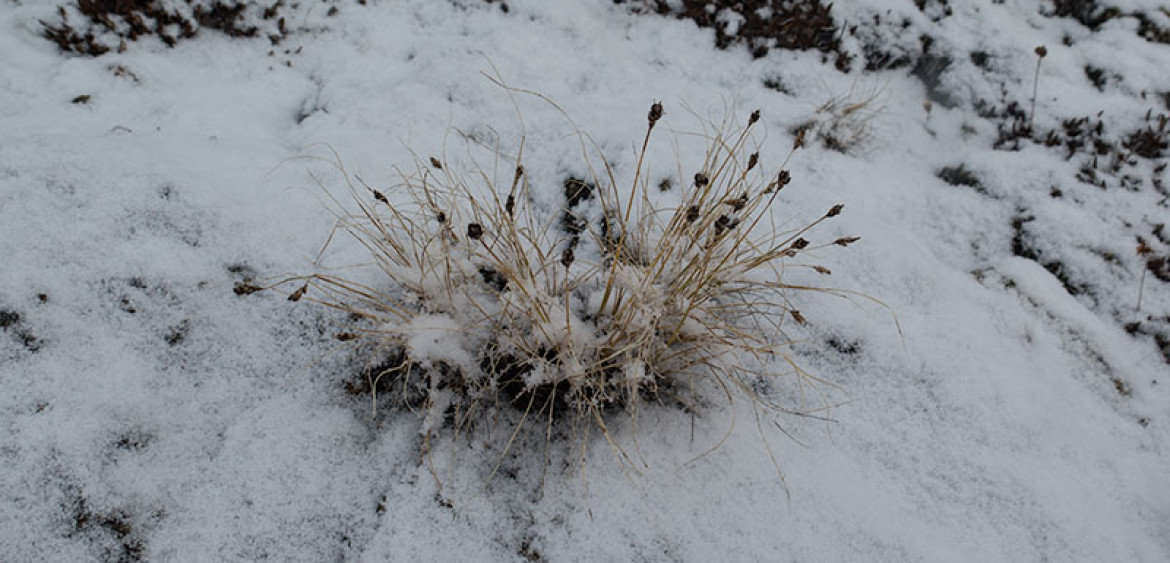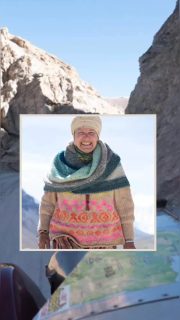Year 6. Mrs O’hare. Ashgrove State School. Geography lesson and studying the tundra. I thought to myself – “One day I would love to walk across the tundra…” Nearly two weeks ago now was that day that my wish from over 40 years ago flooded my thoughts… as the snow flakes adhered to the backs of my woollen gloves and perched on my black rabbit hat like adornments on a Christmas tree.
I had a wave of emotion as the icy wind rushed past my cheek and my feet stepped carefully across the soft moist landscape. My childhood imaginary wish was manifesting. It was a little surreal. I was walking across the tundra in Greenland. I felt so privileged and humble.
Dave was leading a group of “fast/long walkers” at a landing on Ella Island. For each of the land excursions we had a choice of either a “fast/long walk”; a “medium walk”; or a “contemplative walk”. I was missing my running and gym so chose the “fast/long walkers” and I was so glad I did. Dave was our guide and we climbed up to this wonderful saddle in the ridge-line. It was magical. Another world of snow and ruggedness.
I left my ‘big’ cameras on the ship and carried with me my trusty Canon G16; because firstly it was snowing!!! 🙂 ; and secondly I was in a group of walkers who put their hand up to long walk up this mountain in the snow …. so my Leica’s stayed snug in our cabin. I have some snaps with snow spots melted on my lens which I didn’t notice for a while; but you can see by clicking here what my first walk through the tundra was like.
We spied an Arctic hare whose ears were gigantic. I found both purple and pink saxifrage flowering; which don’t usually flower at this time of the year – and Dave was quite excited about seeing. We were looking for Muskox – a primitive looking beast which had similarities to a yak…but with a face which was long, warrior like and imposing.
It is easy to see why the faces of the muskox were used as tribal symbols in the early civilisations in these areas; and the shamans used their features in their symbols. We did not however see any of them on this walk; but we did however see evidence of them through their droppings; footprints and their hair – Qiviut; which is the soft inner wool which sheds in lumps and lies in sparse patches across the landscape. This wool is collected and spun for small garments prized for insulating qualities; and now-days is extremely expensive.
Orange lichen was luminous. The hard gneiss rocks 1 billion years old were patterned with mosses and lichens. Small plants literally joined together the tapestry of the Arctic landscape.
On the Ocean Nova we had specialists in Geology; Ornithology (birds); Cetaceans (whales); Archaeology; and every day there were 2 talks given providing information which both Max and I found so interesting.
Setting foot on this rugged landscape was incredible. What I noticed and was a part of was the extreme environment; yet the fields of flora and lichen were exquisite; and they softened the harsh exposed rocks. I was starting to let myself go into another place of thought. I was beginning to breathe the cold air from the North Pole and clear my mind.

























































Sorry, the comment form is closed at this time.